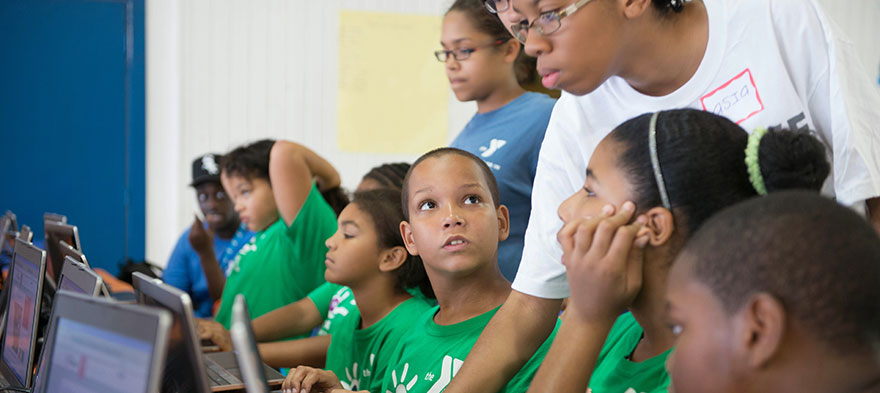Kevin Washington is President and CEO of YMCA of the USA (Y-USA), the national resource office for the Y—a leading nonprofit committed to strengthening community through youth development, healthy living and social responsibility. Collectively, the nation’s YMCAs engage 22 million members (9 million of whom are under the age of 18) annually, employ 250,000 staff and benefit from the service of ...


